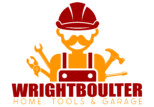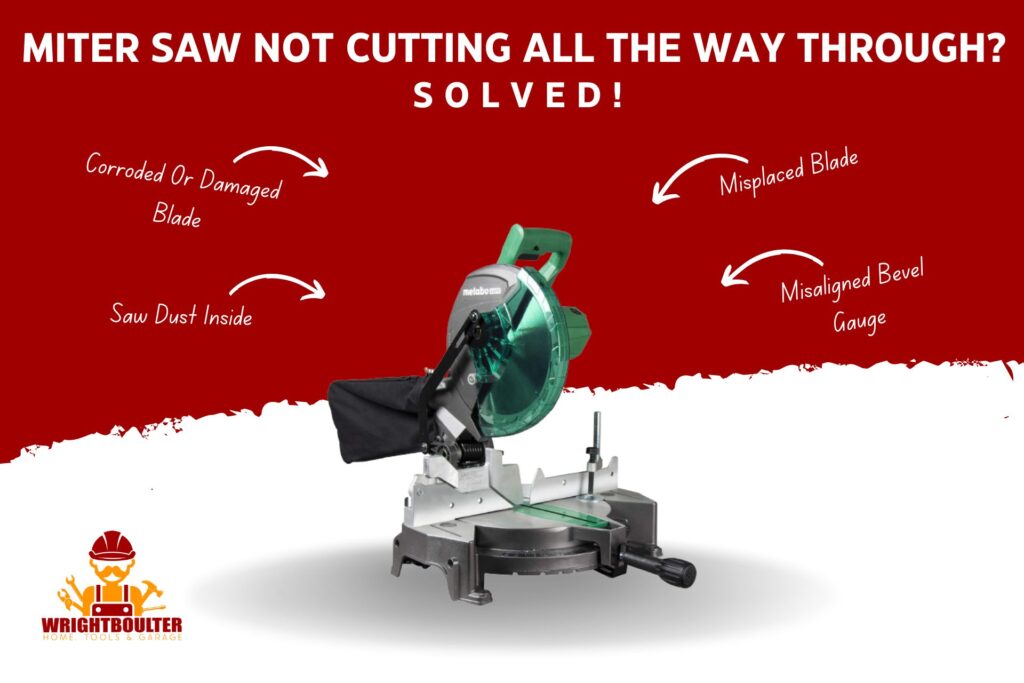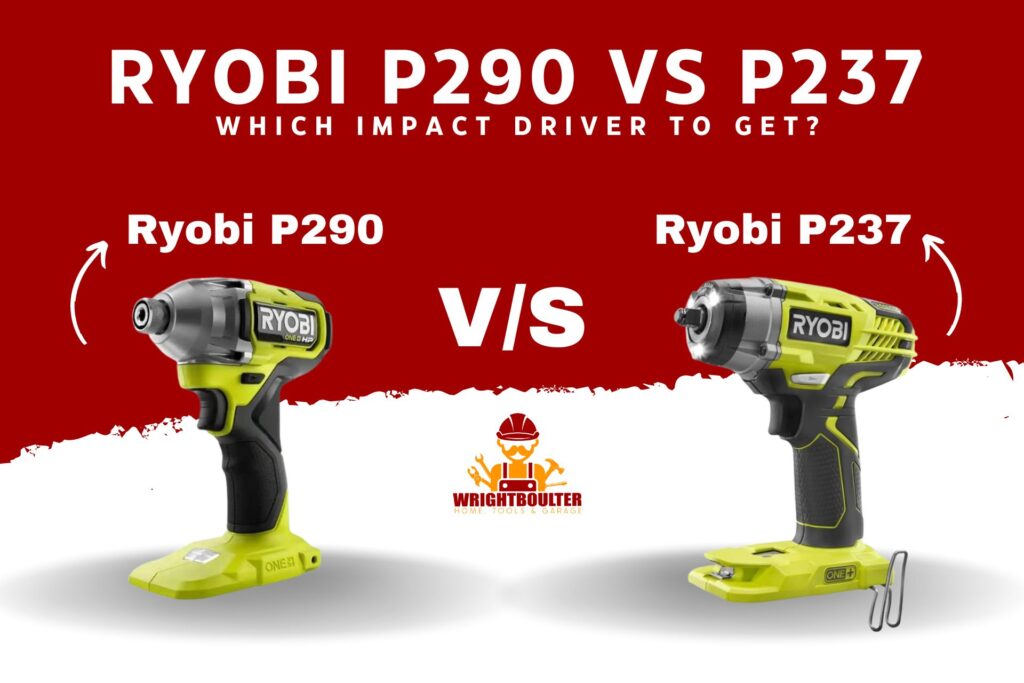Introduction
You want to use your reciprocating saw but the blade is wobbling. We understand the difficulties that you are encountering with your reciprocating saw and want to know the causes behind it.
So, why is your reciprocating saw blade wobbling?
Your reciprocating saw blade is wobbling because of a loose blade, twisted blade, dirty arbor and worn-out bearings. To fix this, you will need to tighten the blade, replace the twisted blade or fix it with a hammer, and clean the arbor if it is dirty.
Let’s now check how we can find out the problems and resolve them.
4 Reasons And Fixes Of Reciprocating Saw Blade Wobble
We will now find out the causes and discuss the solutions in detail. Have a look!
| Reasons | Solutions |
| Loose saw blade | Tighten the blade. |
| Twisted saw blade | Fix it with a hammer or replace it. |
| Dirty arbor | Clean the arbor with a dry cloth or brush. |
| Frayed bearings | Repair it with a technician. |
Now we will go through each solution in a detailed manner.
Reasons 1: Loose Saw Blade
When the reciprocating saw blade is not securely fastened to the saw, it can move or wobble easily during use. This can cause the blade to cut incorrectly, poor quality cuts and potential safety hazards.
Solution:
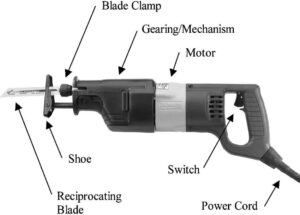 Source: Researchgate
Source: Researchgate
So, before using the saw you will have to make sure that the blade is properly tightened in place. To do this,
- Turn the blade clamp or crew until the blade is tight
- Do not move when pulled or pushed.
By this method, you can tighten your loosen reciprocating saw blade.
Reason 2: Twisted Saw Blade
Reciprocating saw blade is bent means it is no longer straight and may be warped or twisted. A bent blade can cause the saw to wobble or vibrate during use.
Solution:
If the blade hits a hard object during your use, this problem happens.
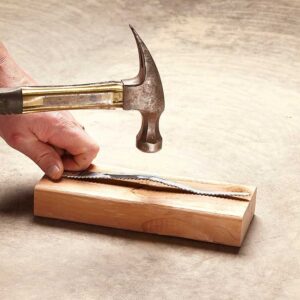 Source: Family Handyman
Source: Family Handyman
To solve this problem, you can tap the blade with a hammer. But this method will straighten out the saw blade with minor bending. Avoid using the hammer to crush the blade.
If it does not work for you then you will need to replace the blade with a new one. So, let’s follow the steps to replace the saw blade.
 Source: Homedepot
Source: Homedepot
Step 1: Remove the saw from its power source or remove the battery.
Step 2: Locate the blade release lever on the saw. This would be a lever or a button that needs to be pressed or pulled to release the blade.
Step 3: Push the release lever or button and hold it down while pulling the blade out of the saw’s blade holder. If the blade is stuck gently wiggle it back and forth to loosen it.
Step 4: Check the blade holder and make sure there are no broken or damaged parts. If you notice any damage replace the blade holder before installing a new blade.
Step 5: Insert the new blade into the blade holder and make sure that the teeth on the blade are facing the correct direction. The teeth should be facing down if you are cutting downwards.
Step 6: Push the blade in until it clicks into place. If the blade is not fully seated, it may come loose during use.
Step 7: Test the blade to ensure it is securely in place by gently pulling on it.
Step 8: Reconnect the saw to its power source or insert the battery.
Step 9: Turn on the saw and check the new blade to ensure it works properly.
For a better understanding, you can watch the video.
Change a reciprocating saw blade
Reason 3: A Dirty Arbor
The arbor is the part of the reciprocating saw that holds the blade in place. A dirty arbor can potentially cause of wobbling blade. Dirt and debris can easily build up on the arbor and can prevent the blade from fitting tightly and securely.
Solution:
Step 1: Wipe it down with a clean, dry cloth after each use.
Step 2: Clean it with a wire brush or sandpaper.
At the same time periodically inspect it for signs of rust or damage. After cleaning ensure that the blade is inserted properly and tightened in place.
Reason 4: Frayed bearings
Bearings are the small components within the saw’s motor that support the rotating shaft and ensure smooth operation. Over time, bearings can wear out or become damaged which can cause the shaft to wobble and create vibration.
Symptoms:
Some signs of worn-out bearings are
- Unusual noises
- Reduced power or speed
- Difficulty in starting the saw
Solution:
The only solution for worn-out bearings is you will need to take the saw to a qualified repair technician. They will disassemble the saw and replace the worn-out bearings with new ones.
If you want to repair the saw yourself, it can be dangerous and can cause further damage.
You can also check the Milwaukee Sawzall troubleshooting if you are using this reciprocating saw. Another important thing to note is that the longer your blade is the more it can wobble and it’s quite normal.
Pro Tips For Reciprocating Saw Maintenance
Proper maintenance of your reciprocating saw can ensure its longevity. Here are some tips for maintaining your reciprocating saw good.
- Use the saw blade without applying excessive force: While cutting any material, if you force the blade by pressing hard the blade can get twisted. Do not force the saw blade.
- Use lubricate to extend blade life: Sometimes the blade gets rough or uneven after using it so many times. Try to keep it smooth by using lubricate on the blade.
- Ensure that the foot of the saw is firmly against the material and start the cut carefully to minimize wobbling.
- Clean the reciprocating saw: Always keep the blade dirt free. Clean the reciprocating saw regularly after each use.
- Use the appropriate blade for your work: Always try to use a sharp blade for your work. If you use a dull or uneven blade it may prevent the clear cut.
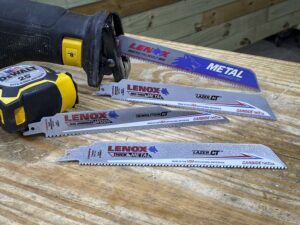 Source: Pro Tool Reviews
Source: Pro Tool Reviews
FAQs
Do Reciprocating Saws Overheat?
Reciprocating saws can overheat quickly if they are used for an extended period of time. The teeth can start to melt away. When the reciprocating saw overheats it may emit smoke or unusual odors. Take a break after using it once to keep the saw blade cool.
Is A Thicker Blade Better?
A thicker blade is stronger than a thinner blade of the same material. Because the thicker blade is able to resist bending and breaking under the stress of cutting. Especially when you will cut tough materials.
What Causes Loose Bolts?
There are several causes of loose bolts such as under-tightening, vibration, embedding, gasket creep, differential thermal expansion, shock, washers, and mechanical devices. Loose bolts are more than simply a bothersome inconvenience.
Conclusion
We tried to resolve the problem of your reciprocating saw blade wobble. You can now fix your saw blade easily with the fixes above. This article will also help you to keep your saw blade more long-lasting using the tips.
That’s all for today. Good luck!
